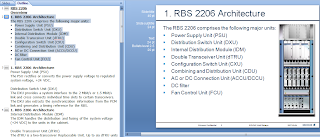The Technical Manual gives an overview of the application, performance features,
interfaces, and functions of the TNMS-M SURPASS hiT 7060. It also contains the most
important technical data.
Link for this document:
SIEMENS TNMS-M SURPASS hiT 7060 3.1 LCT




























